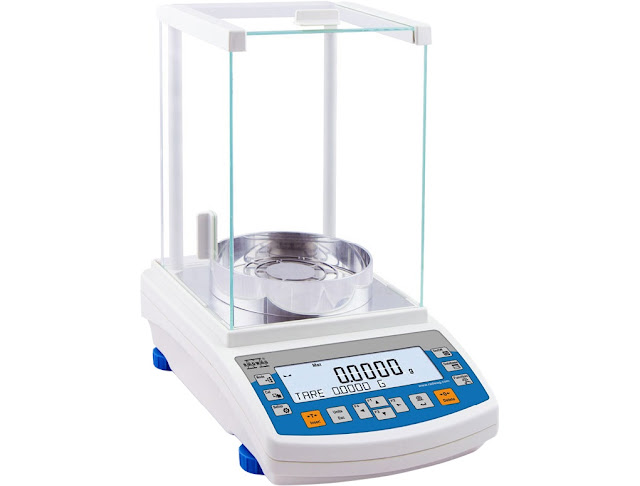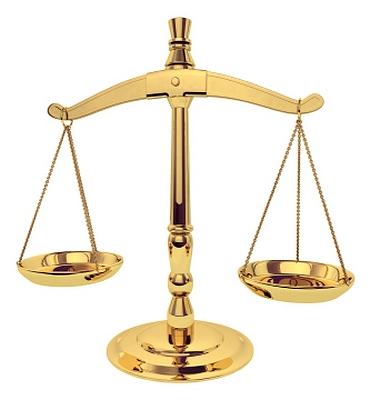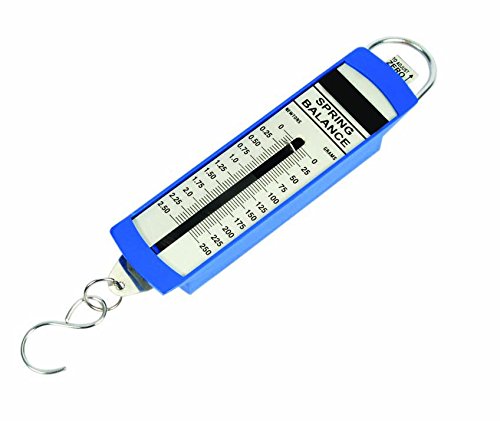Weighing balance is a tool to evaluate mass or weight of a substance. Man has been using this machine since the time of ancient Egypt.
Weighing Balance
Weighing balance is a tool to evaluate mass or weight of a substance. Man has been using this machine since the time of ancient Egypt. Historically, a simple equal arm balance on a fulcrum was considered a standard. It is available in various sizes. On those balances, two objects could be easily compared in terms of their weight. Comparatively, today scientific advancement has not only made more complexed designs of weighing balances but it has manifold their uses as well. As their multiple weighing capacities are accessible, so they are widely used in pharmacies, commercial kitchens and laboratories.
Types and uses
1. Analytical Balance
These are commonly used in those laboratories or places where objects are required to be weighed with extreme sensitivity. It measures masses to a great extent. As the analysis of chemical compounds depends on the mass of the substance and it has an impact on the weight, so the result is independent of gravity at a particular position. The capacity of analytical balance ranges from 1g to few kilograms. Also, its precision and accuracy exceeds 1 part in 106 at full capacity. It is comprised of various significant parts. It includes beam arrest, reference position, pan and leveling feet. Beam arrest, a mechanical device, protects delicate internal devices from any kind of damage when a mass is kept or removed from the pan. The pan is an area on which the object under consideration is being placed. While the leveling feet are the legs which can be adjusted as per requirement. These feet make the balance able to come to the reference point. The reference position is further influenced by leveling bubble, spirit level and plum bob. Thus, the analytical balance is highly sensitive to the extent that even air current can affect its accuracy. For this reason, these are covered by a draft shield. This shield is made up of glass or plastic enclosure with doors that make the pan accessible.
2. Equal arm balance
It is also known as triple balance. It is the ancient version of the ancient Egyptian version of the balance. On the opposite side of the lever, this balance has two pans. There are two different ways by which it can be used efficiently and effectively. In the first method, the object is kept on one side of the pan. While the standard weights are added on the other pan. These weights should be continued to add until both pans become equal. Another method is to put two objects on each pan and continue to adjust a particular pan until both pans come to same level. It is beneficial and convenient in balancing the centrifugation device or tubes because in these applications both objects must have equivalent weight.
3. Platform Scale
This instrument employs a system of multiplying levers. In it, a heavy mass is placed on the load bearing platform. Afterwards, the weight is transmitted to a beam and balanced by the movement of the counterpoise. The counterpoise is a part of the platform scale which is use for counterbalancing the weight. Thus, such tools are used for weighing of animals in veterinary hospitals and weighing of drums.
4. Spring Balance
The working of spring balance depends on the Hook’s law. According to this law, the stress in the spring is proportional to the strain. It is comprised of helical spring which is elastic in nature and a hard steel is suspended on it. While at the lowest position of the spring, a weighing pan is attached. Along with it, an indicator is placed which displays the weight measurement. Hence, it requires no manual adjustment of weights. For instance, it is commonly used in grocery stores for weighing the objects.
5. Top Loading Balance
The top loading balance has found its application on laboratory scale. It can easily measure objects ranging from 150g to 5 Kg. However, in comparison to analytical balance, it produces less readability. But it gives measurement in less span of time, so this property makes it a suitable choice when accuracy is not required in measurement. In addition, they are more affordable than analytical balance. Today, electric version of top loading balance are readily available which gives digital measurement in seconds.
6. Torsion Balance
In torsion balance, the measurement depends on the amount of twisting of a wire or a fiber, for example quartz crystal. Most of the microbalances and ultra-microbalances are torsion balance because these are used to weigh objects having weight in fractions of grams.
7. Triple Beam Balance
The triple beam balance are found to be less sensitive than a top loading balance. As it is user friendly, durable and cost-effective, so it can be widely used in classrooms. It is named so because it has three decades of weights which slide along the calibrated scale. These three decades have graduations as 1g, 10g and 100g. Although it is less readable, but it can effectively way substances on many circumstances
Author:
Sadia Iftikhar
Department of Pharmacy Practice, Akhtar Saeed College of Pharmaceutical Sciences, Lahore, Punjab, Pakistan










.webp)





%20Web%20of%20pharma%20.webp)


.webp)
